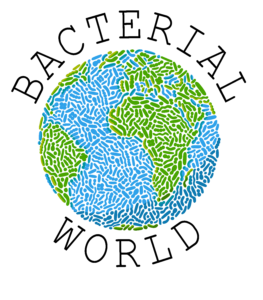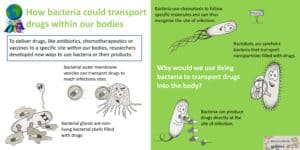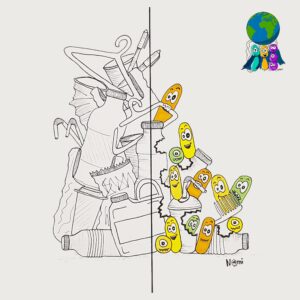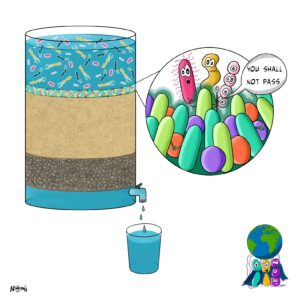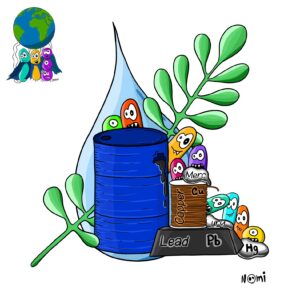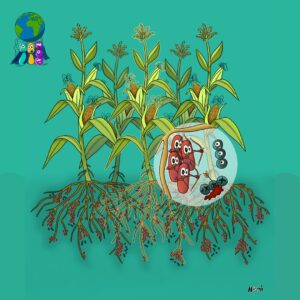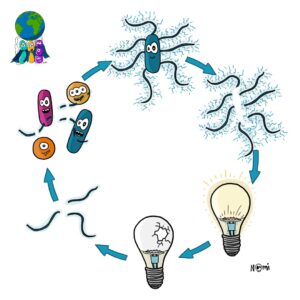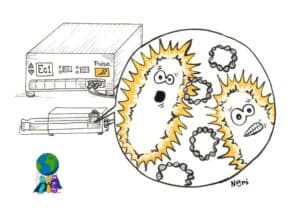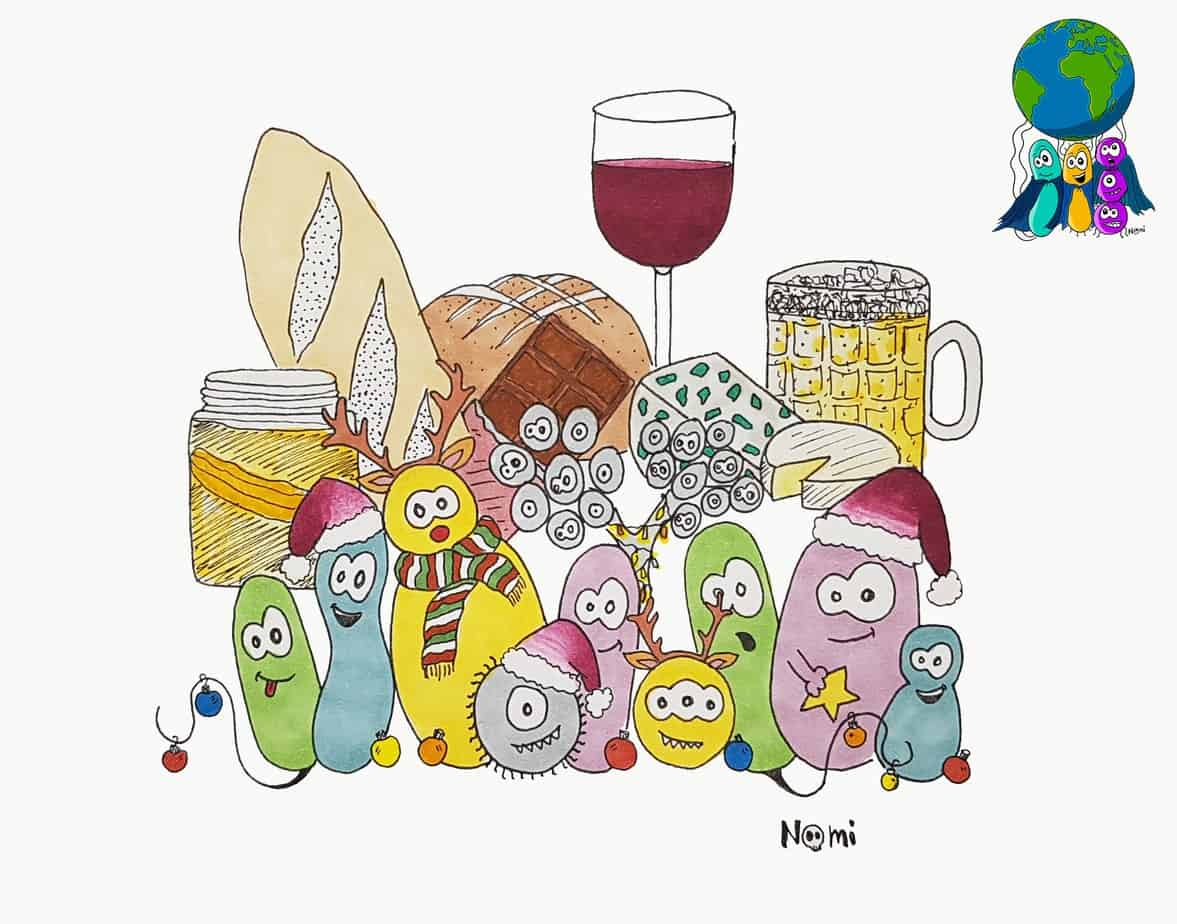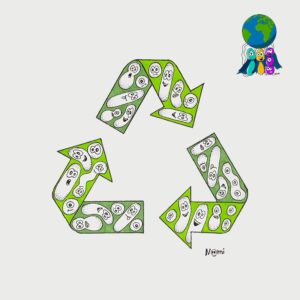When the millennium dawned in 2000, leaders across the world established key goals to create a better and healthier world. The immediate need was to end hunger, promote health and protect the ecosystem. At the same time, it was essential to ensure that both our and future generations lived within their means.
The term “sustainability” was introduced. This concept focuses on a world in which we live well within the resources of our planet, today and tomorrow. Based on environmental, social and economic sustainability, the United Nations launched the 17 Sustainable Development Goals in 2015.

The idea was to combine science, society and technology to reach these goals and create a healthier planet and society. Fortunately, among the many contributors to this mission, we also have our tiny friends—microbes.
About the role of microbes in sustainability development
Microbes have existed for billions of years, making up 99% of our ecosystem. They have been breaking down waste, recycling matter and helping maintain balance on Earth long before humans arrived.
Considering that microbes and bacteria influence most of the 17 Sustainable Development Goals, scientists aim to use their superpowers for the sustainable development of our planet. So, let’s look in more detail at how microbes impact planetary sustainability:
Goal 2: Zero Hunger
Microbes are directly and indirectly involved in food production and agriculture.
- Microbes ferment food, increasing its shelf life and nutritional value. Tasty and staple foods like bread, yoghurt, cheese, sourdough, chocolate, sauerkraut, kombucha, cider, idli, beer and wine are indeed products of fermentation
- They fix nitrogen in the soil, naturally improving soil fertility and crop growth
- They help restore carbon in the soil, supporting good farming practices
Some microbes are even food themselves! Many bacteria and fungi are protein sources for both humans and animals. They are grown from agricultural and industrial waste and purified to meet food quality standards. This so-called ‘Single-cell protein‘ or microbial protein is now being explored as an eco-friendly and nutritious alternative to animal-derived protein.
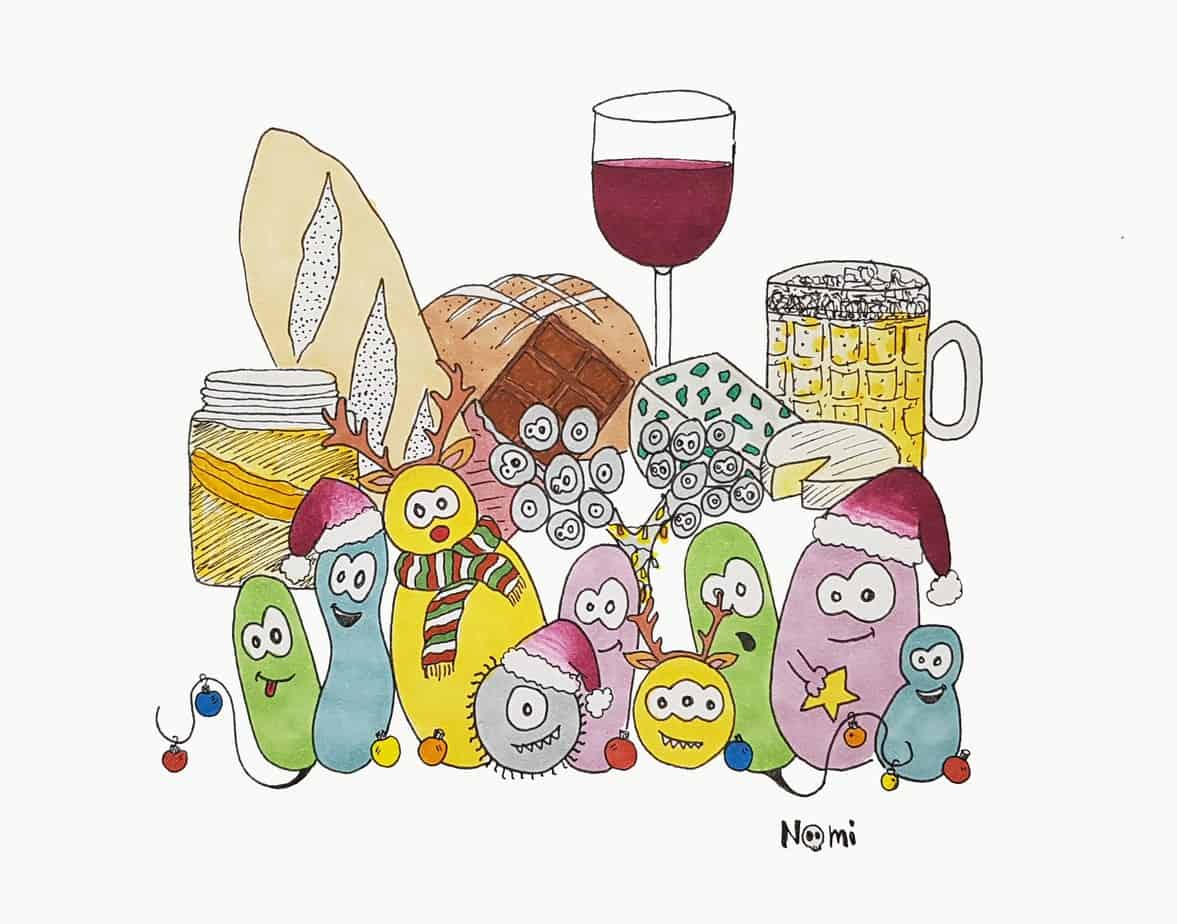
Goal 3: Good Health and Well-being
While some bacteria do cause disease, many others do the exact opposite:
- Bacteria are used as factories to produce life-saving antibiotics, cholesterol-lowering and anti-cancer drugs
- Bacteria can be engineered to produce vaccines and therapeutic agents or transport drugs within the human body
- Probiotic bacteria, those that, when taken in appropriate amounts, are beneficial to human health, improve digestion, boost immunity and enhance our overall well-being

Goal 6: Clean Water and Sanitation
Yes, some bacteria can contaminate water and you surely want to keep these out of your water. Yet, other microbes do the opposite:
- They break down organic waste in water treatment plants
- They can clean up oil spills and even neutralise toxic chemicals, helping recycle water for reuse
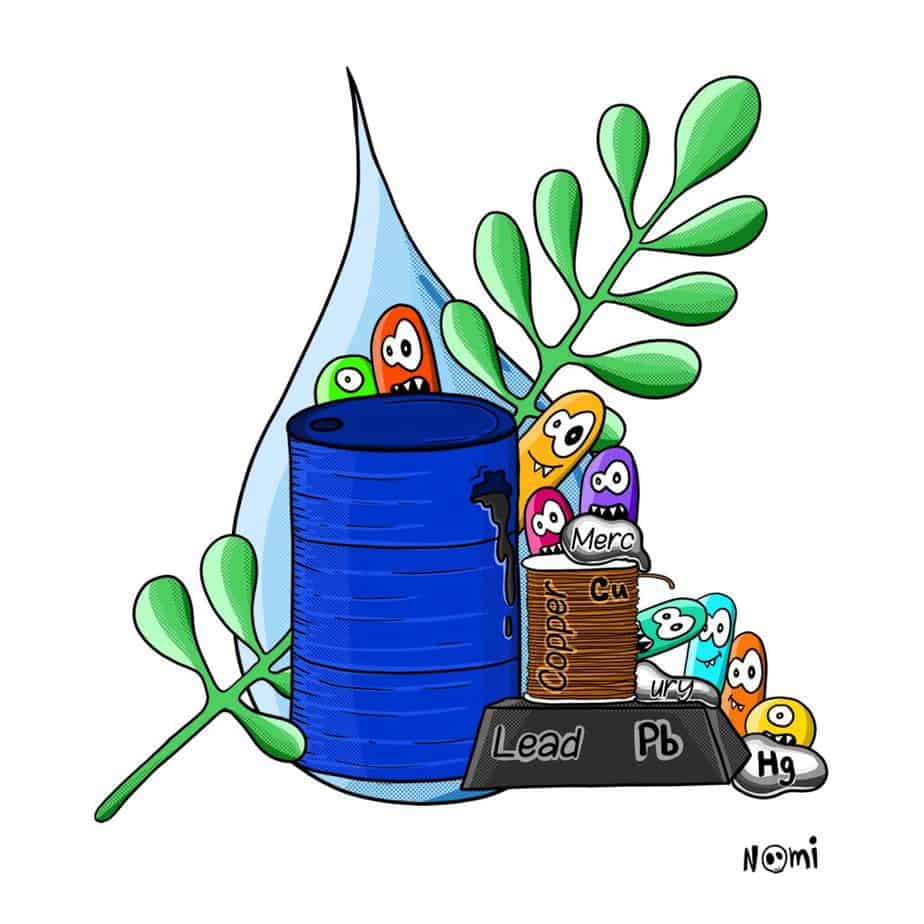
Goal 7: Affordable and Clean Energy
One of our global challenges is to reduce our dependence on non-renewable fossil fuels for electricity and energy.
- Bacteria come to the rescue as they produce bioelectricity from organic material, the so-called cable bacteria, conducting electrons across a few centimetres
- Bacteria can convert renewable materials like agricultural and industrial by-products into clean liquid biofuels, offering eco-friendly alternatives to fossil-derived fuels
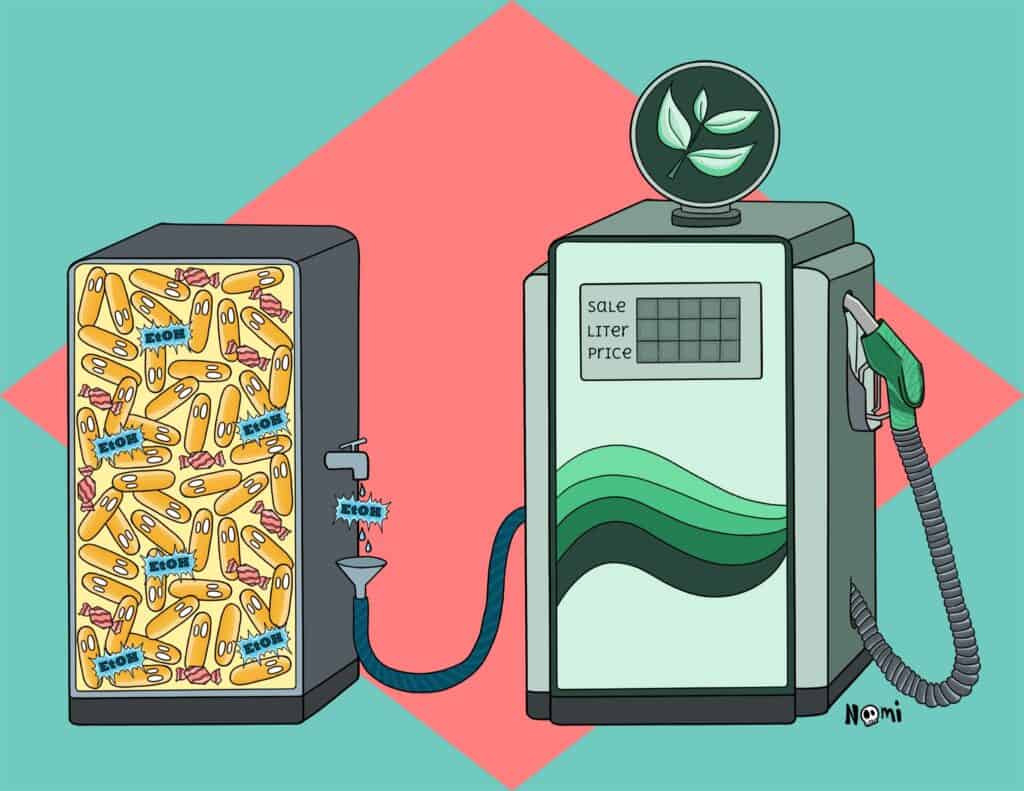
Goals 9 and 12: Industry, Innovation and Infrastructure & Responsible Production and Consumption
One way to protect our environment is to produce essential materials from renewable sources and recycle waste in industries – an approach called circular economy. Some microbes can degrade organic material, while others produce various chemicals and necessary materials. That is why microbes play a key role in this sustainability area.
- Bacteria can produce the building blocks required to make plastics from renewable materials
- Bio-based plastics are broken down more quickly than conventionally produced plastics, saving our lands and oceans from plastic pollution
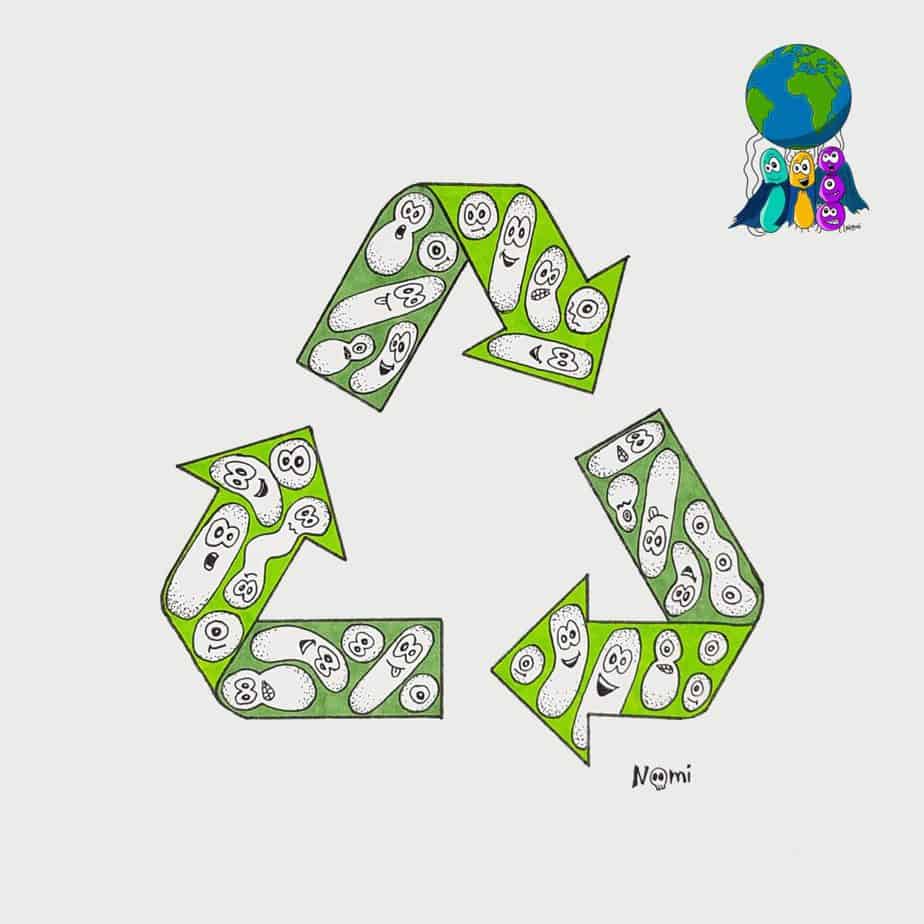
Goal 13: Climate Action
Despite ongoing efforts, greenhouse gas emissions remain high due to human activity, leading to adverse climate change. It is expected that the global temperature will rise by 2.5°C by 2050.
- Microbes can capture and convert greenhouse gases like carbon dioxide into low-carbon fuels and useful value-added chemicals
- Some microbes transform carbon dioxide into organic material, which other species use
Since microbes have been maintaining the carbon balance in the ecosystem for ages, they are essential players in curbing climate change. Yet microbes are adapting and changing their behaviour according to climate change. Understanding the relationship between the production and consumption of greenhouse gases by microbes and climate change can help us restore balance sooner rather than later!
Goal 14: Life Below Water
Pollution from human activities is impacting our oceans. We see that the residuals of medicines, caffeine from the coffee we consume, harmful waste from industries, plastics and heavy metals go right into the ocean.
All of this often has a negative effect on marine ecosystems. Gladly, microbes can help break down these harmful pollutants. They use toxic substances as food and convert them into less toxic by-products, water and carbon dioxide. This is called bioremediation, a process that keeps our waters and marine ecosystems clean and healthy.
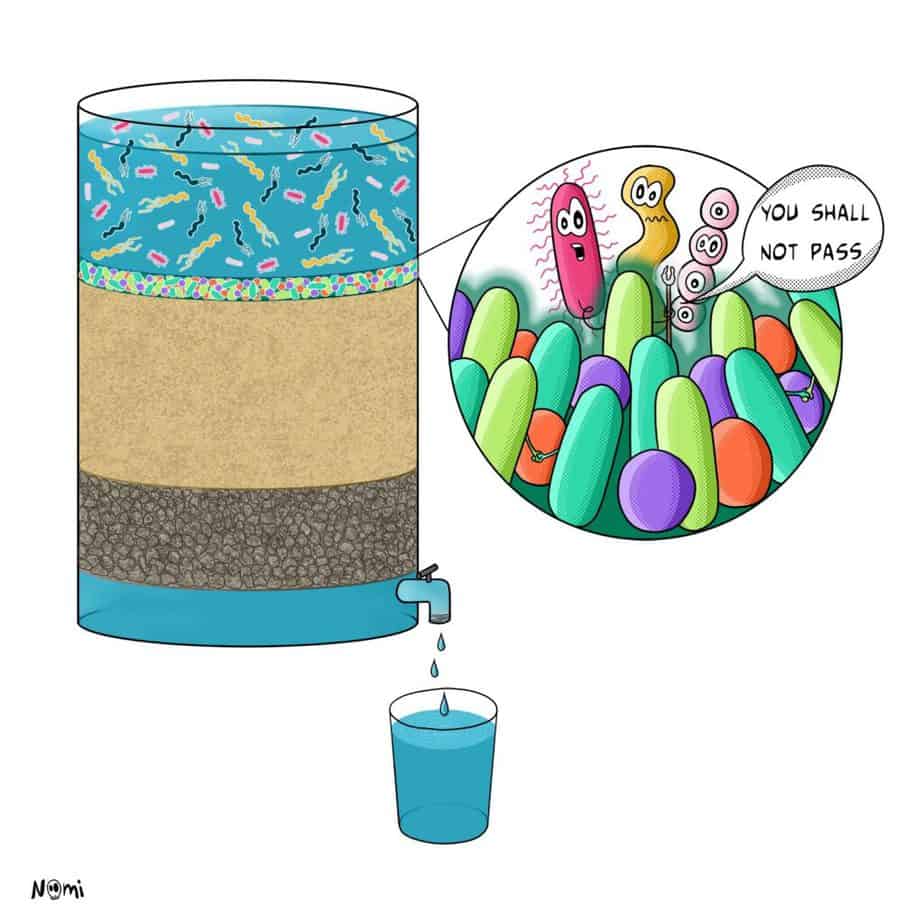
Goal 15: Life on Land
All life on land needs food. We depend directly and indirectly (through animals) on plants for our everyday nutrition. Plants get their essential nutrients from soil, with microbes having a huge impact on the amount and availability of soil nutrients.
- Microbes help in converting atmospheric nitrogen into a usable form in the soil for plants to use. They also help in making insoluble phosphorous, potassium and sulphur in soil accessible for plants to take up. In doing so, microbes act as biofertilisers as an alternative to chemical fertilisers.
- They are also key players in our food system by preventing the growth of harmful microorganisms that can cause crop diseases, becoming an alternative to chemical pesticides.
Microbes in the ecosystem work in groups to transport chemicals between the atmosphere and land, maintaining a natural balance. However, with human activity, the microbial communities are affected and disturbed. While we still don’t fully understand the extent of their role in ecosystem functioning, it is possible that supporting co-living microbial communities in the environment can help restore the ecosystem.
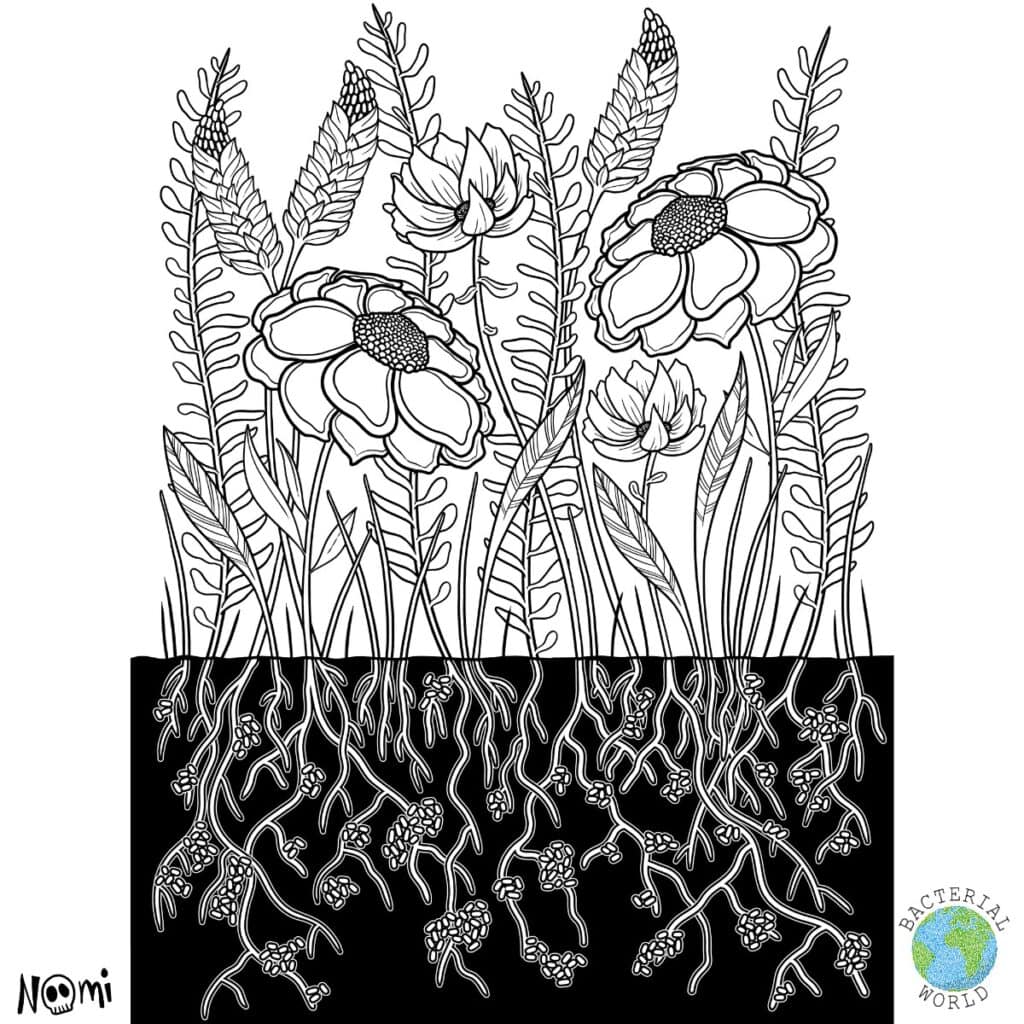
Goal 16: Peace, Justice and Strong Institutions
Throughout history, the growing demand for better food, resources, health and living conditions has often led human societies to compete—and sometimes even to go to war. But as we’ve seen, microbes offer solutions and services across various spheres of our needs. So microbes can even help us promote harmony and peace – one of the foundations of social sustainability.
How microbes can support achieving sustainability
We’re now beginning to understand the power of microbes in moving towards a greener planet. So next time you want to make an impact on the health of our planet, you can also include microbes in your decision-making.
You could, for example, choose products responsibly produced using bio-based processes, encouraging industries to shift to circular bioeconomy. Composting waste from your kitchen to be used as biofertiliser is a great way to use microbial superpowers on a small-scale level.
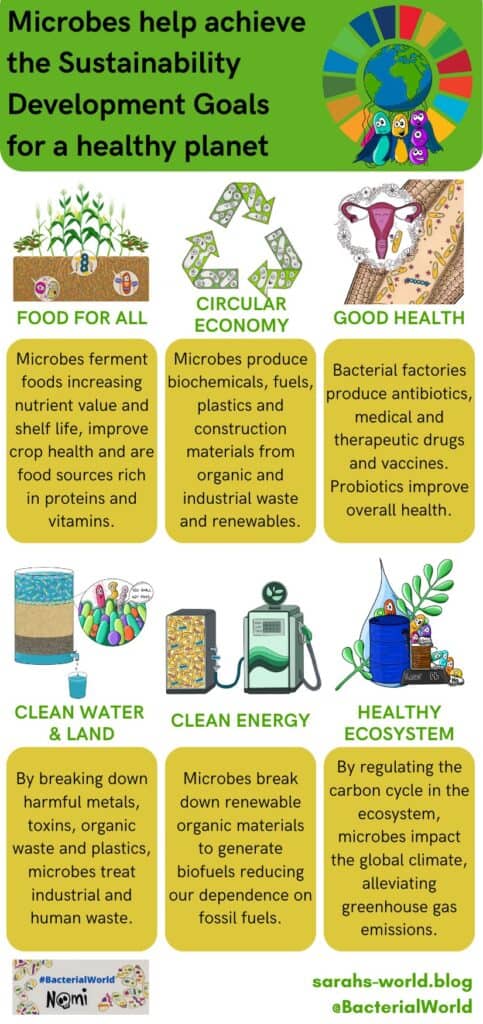
There’s still a long way to go in terms of large-scale production and applications, but progress is underway. By recognising and harnessing the potential of microbes, we can make a difference and move a step closer towards the UN Sustainable Development Goals. The future of sustainability might just depend on microbes, their superpowers and the innovative ways we choose to work with them.
